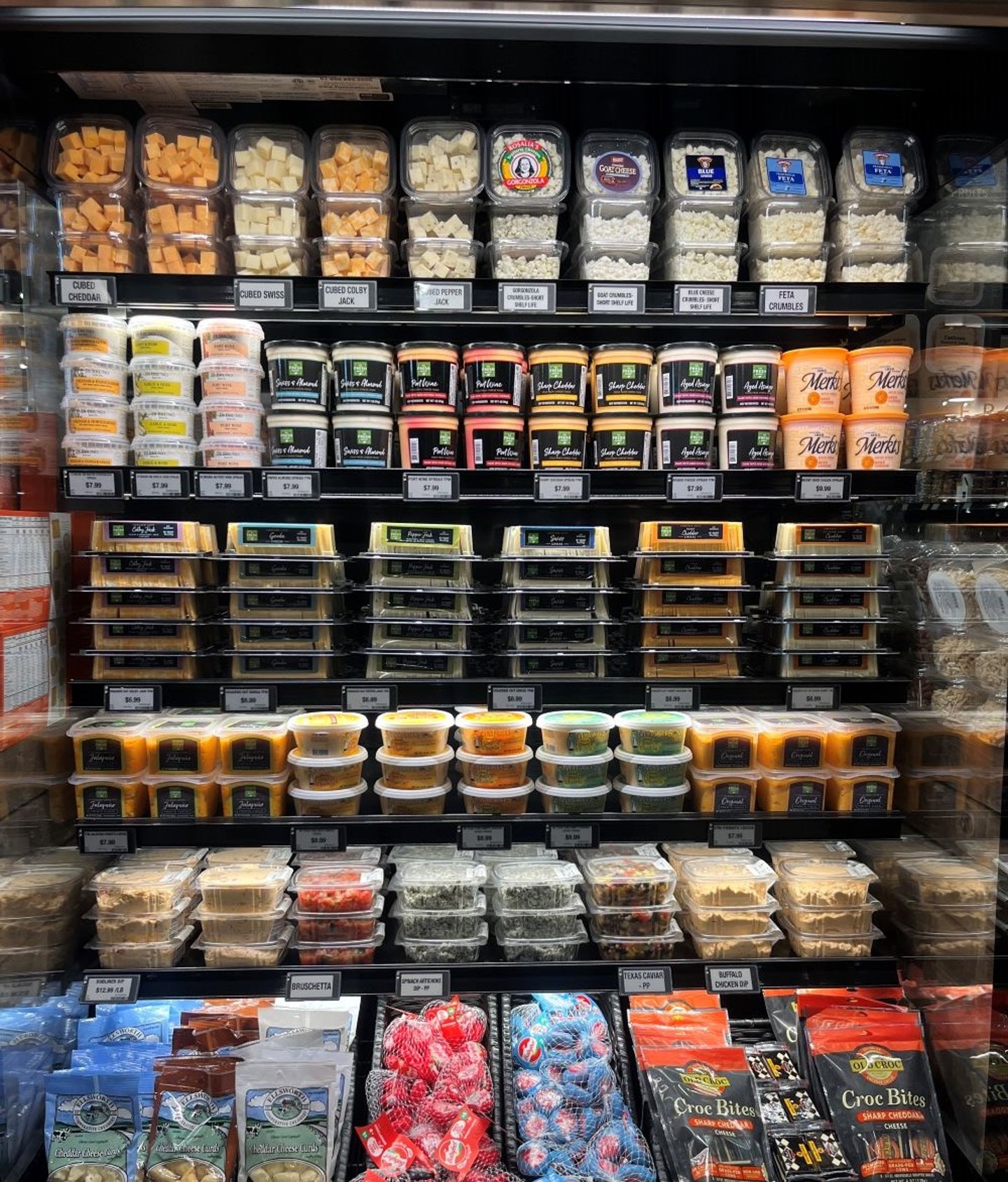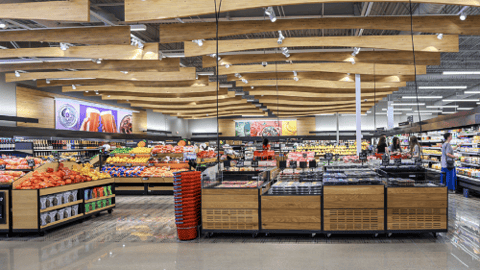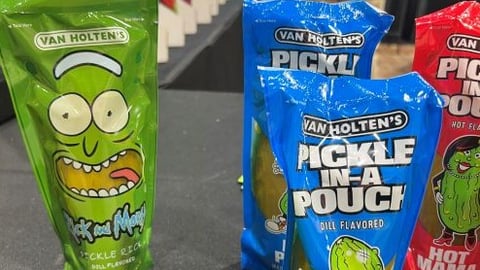How Dairy, Deli and Bakery Are Reinventing the Perimeter Store
The perimeter of a typical grocery store may be shaped like a box, but today’s grocers are softening any hard right angles to create a more rounded approach to meeting shopper needs. For example, although categories remain traditionally defined, shoppers are likely to find more complementary and cross-promoted offerings in the dairy, deli and bakery sections.
At the center of this blurring of departmental lines is a focus on providing solutions across dayparts and occasions. Those solutions may encompass prepared or nearly prepared meals and offerings that fit well for recipes and snacking.
[RELATED: The Rise of Premium Bread - A Small Indulgence That Can Enliven Everyday Meals]
“For food retailers and suppliers, it’s really about providing shoppers value beyond just price and quality, offering experience, relevance and convenience,” says Rick Stein, VP of fresh foods at Arlington, Va.-based FMI – The Food Industry Association. “Grocers that offer this expanded definition of value across departments are helping shoppers solve the meal question. For the dairy, deli and bakery departments, this might mean cross-merchandising and supporting shoppers seeking hybrid meal options — where they combine scratch cooking with some pre-prepared items.”
Simplify the Search for Solutions
SpartanNash is one retailer that’s working to deliver such options, including at its recently refreshed Family Fare stores in the company’s home state of Michigan.
“We’re seeing a real shift in how our shoppers think about grocery shopping,” notes Erin Storm, SVP and chief marketing officer at Grand Rapids-based SpartanNash. “It’s not just about the weekly stock-up trip – it’s often about ‘What’s for dinner tonight?’ Our Family Fare remodels are built with that in mind, especially when it comes to the perimeter. People aren’t just picking up ingredients anymore – they’re looking for fresh, ready-to-enjoy meal solutions. As our guests explore deli, meat, bakery and dairy, they can easily find a chef-prepared entrée, fresh-baked rolls and a specialty cheese, all in one trip.”
While shoppers are looking for solutions, retailers are becoming more thoughtful about how to present those items in high-traffic areas like the deli, bakery and dairy sections. At The Fresh Market store that recently opened in Algonquin, Ill., for example, shoppers traversing the perimeter encounter a large case of ready-to-cook meal solutions and can browse a nearby case filled with portioned cheese and pre-made dips and spreads.
According to Anne-Marie Roerink, principal at San Antonio-based insights firm 210 Analytics, such success in these areas is based on execution. “It has to be compelling. It can’t just be a bunch of random items,” stresses Roerink. “People have to be able to see the meal.”
This approach is especially important in the increasingly heated battle for the consumer food dollar.
“Recently, I was doing one-on-one shopper interviews, and the lady commented on eating out at restaurants less frequently but wandering the store looking for something that her family would like that they would have ordered if going to a restaurant,” recounts Roerink. “Recreating that menu-like experience where visuals, cross-merchandising or recipes conjure up that meal in people’s mind is very powerful in driving a full-basket sale.”
Beyond Convenience
As for purchase drivers, convenience is a major impetus for dairy, deli and bakery assortment and merchandising, but other influences come into play, too, as shoppers have a lot on their minds in today’s operating environment.
“We see value-focused shoppers still willing to spend a bit more if it satisfies their need to ‘eat well,’” explains Stein. “This means purchase drivers like health, entertainment, exploration and convenience can urge shoppers to spend a bit more. Food retailers that lean into these purchase drivers for the dairy, deli and bakery departments will build customer loyalty and continue to be top of mind as shoppers solve their eating occasion needs.”
Market research backs up the notion that consumers are browsing perimeters to solve their dining and pantry dilemmas. Progressive Grocer’s 76th Consumer Expenditures Study, released earlier this year, shows that more than two-thirds of shoppers recently purchased prepared foods, with hot entrees the most popular category. In another finding that bodes well for such options, 78% of shoppers say that they’re very or completely satisfied with grocery store prepared foods.
Meanwhile, according to FMI’s “Power of Foodservice at Retail” report, released in 2024, nearly one-third of consumers noted that they’re dining out less frequently and turning to grocery stores for convenient meal solutions. Prepared foods sold in the deli area are filling that gap, with dinner (cited by 37% of shoppers), lunch (35%) and even breakfast (22%) emerging as key opportunities.
Cross-Merchandising Innovation
In addition to fully prepared meals, meal kits or complementary ingredients, as well as items for entertaining or grab-and-go snacking, are doing well in these related and sometimes blurred parts of the store. The latest report from 210 Analytics reveals that sales of breakfast items, including croissants, doughnuts and pastries, grew during the month of April.
Roerink cites another opportunity for shoppers who are entertaining or looking for easy-to-assemble meal components. “Bakery and deli also have a dream opportunity in the ongoing popularity of charcuterie,” she remarks. “Think about cross-merchandising crackers, rolls and French bread with charcuterie-type items. Certainly, specialty cheeses continue their year-over-year growth and fall into this opportunity as well.”
Of course, cross-merchandising is nothing new in food retailing, but grocers can get creative with such efforts as they become more solution-oriented in these and other departments. “Co- and cross-purchase data provides insight into many of these questions,” observes Roerink. “For instance, we see a very high cross-purchase between eggs and bacon; sliced cheese, hamburgers and buns, or pie and whipped cream, end up together in many baskets. That means retailers can drive a bigger ring by putting whipped cream next to or near pies for even more households to purchase whipped cream with their pie, or for others to purchase a larger size.”
That said, there are operational hurdles in such displays, including refrigeration. “That’s why some retailers opt to use paper/digital coupons instead of physically moving merchandise,” she notes. “In this case, a coupon on or near the pie, giving consumers a discount on whipped cream. There are endless examples just like it.”









